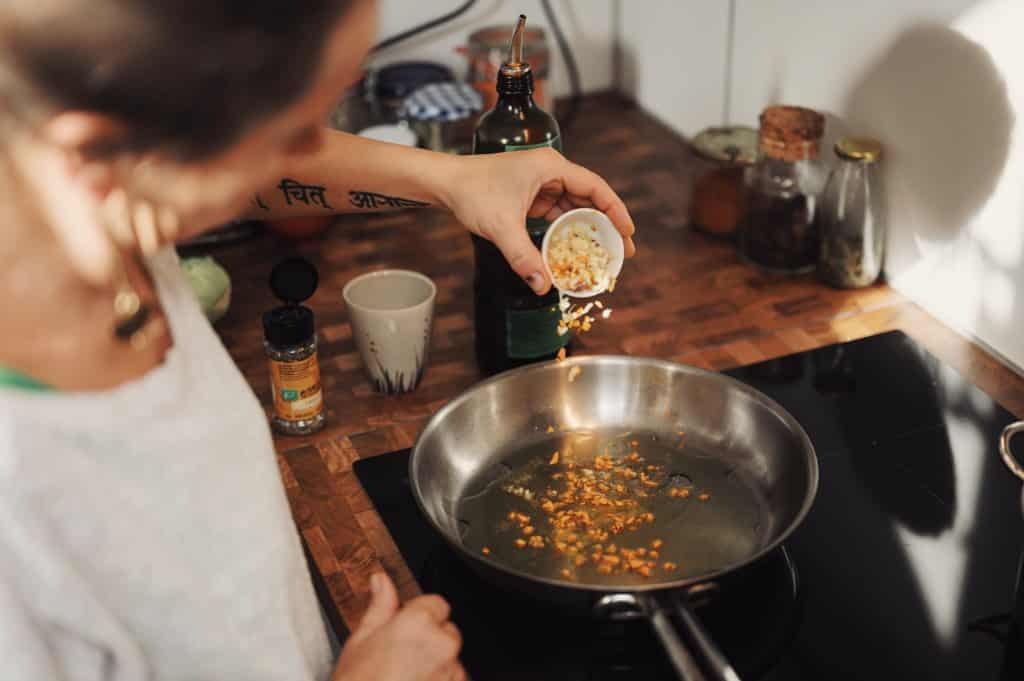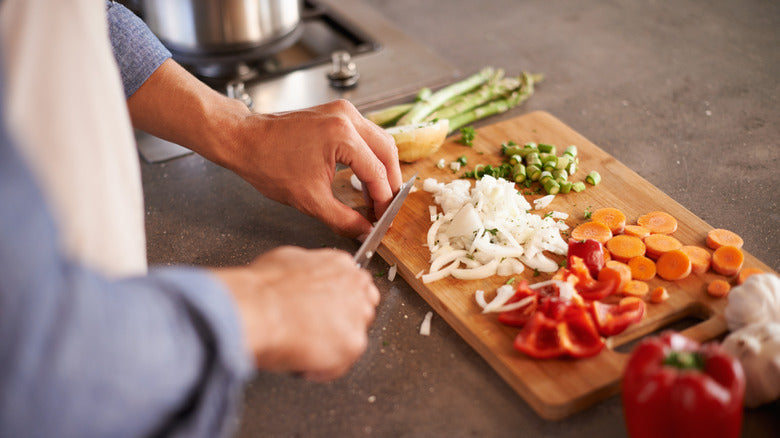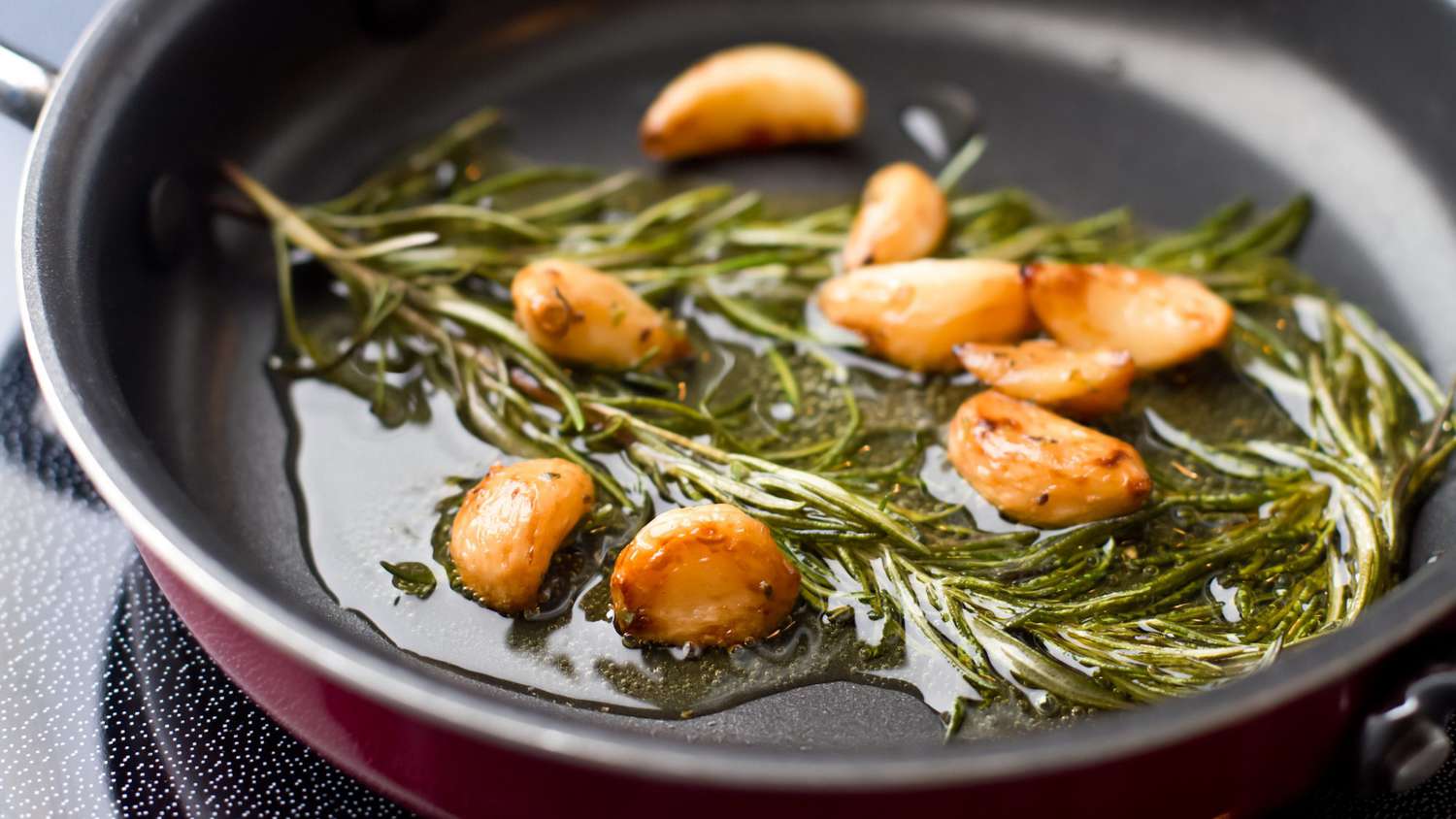Keeping your kitchen ceiling clean is an often-overlooked part of household maintenance. Over time, grease, grime, and dust can build up, making your ceiling look dingy and neglected. Fortunately, with the right approach and tools, you can restore your kitchen ceiling to its former glory. For more tips on maintaining a clean kitchen, check out our kitchen cleaning tips.

Why Is It Important to Clean Your Kitchen Ceiling?
Your kitchen ceiling is exposed to a variety of airborne particles resulting from cooking, including grease, smoke, and moisture. These particles can cling to the ceiling, leading to discoloration and unpleasant odors. Regular cleaning contributes to a healthier and more visually appealing kitchen environment.
Gathering Your Cleaning Supplies
Before you start, it is essential to gather all the necessary cleaning supplies. Here's a list of what you'll need:
- Ladder or step stool
- Duster or vacuum with an extension hose
- Sponges or microfiber cloths
- Buckets
- Dish soap
- Vinegar
- Baking soda
- Warm water
- Protective gloves

Step-by-Step Guide to Cleaning Your Kitchen Ceiling
Step 1: Dusting the Ceiling
The first step is to remove any loose dust and cobwebs. Use a duster with an extending handle or a vacuum with an extension hose. Make sure to cover the entire surface, including corners and edges. For the best techniques, visit our dusting tips page.
Step 2: Preparing the Cleaning Solution
Prepare a solution of warm water and a few drops of dish soap. For tougher stains, you can add a cup of vinegar or a few tablespoons of baking soda. Both vinegar and baking soda are excellent at cutting through grease and grime.
Step 3: Cleaning the Ceiling
Dip a sponge or microfiber cloth into your cleaning solution and wring out the excess water. Gently scrub the ceiling using a circular motion, starting at one corner and working your way across. Be sure to rinse the sponge or cloth frequently to avoid spreading dirt. Check out our cleaning techniques page for more on this.

Dealing with Stubborn Stains
Grease Stains
Grease stains can be particularly challenging to remove. For these, apply a mixture of baking soda and water directly to the stain and let it sit for a few minutes before scrubbing it off with a sponge. Alternatively, you can use a commercial kitchen cleaner designed to cut through grease. For more details, refer to Molly Maid's kitchen cleaning guide.
Mildew and Mold
If you notice any signs of mildew or mold, it's essential to address them promptly. Apply a mixture of vinegar and water to the affected area and scrub gently. For more severe cases, you may need to use a commercial mold remover. Always wear protective gloves when dealing with mold to prevent skin irritation.

Maintaining a Clean Kitchen Ceiling
Regular maintenance can help keep your kitchen ceiling looking its best. Here are some tips to prevent buildup:
- Wipe down your ceiling regularly with a damp cloth
- Use an exhaust fan while cooking to reduce airborne grease and moisture
- Avoid smoking in the kitchen
- Clean up spills and splatters immediately
Avoiding Common Mistakes
There are several common mistakes to avoid when cleaning your kitchen ceiling:
- Using harsh chemicals that can damage the paint or finish
- Scrubbing too hard, which can cause discoloration or texture changes
- Neglecting safety by not using a sturdy ladder or step stool
Conclusion
Cleaning your kitchen ceiling may not be the most glamorous task, but it's essential for maintaining a clean and healthy kitchen. By following the steps outlined above and using the right cleaning supplies, you can achieve sparkling results. Regular maintenance and prompt attention to stains will keep your ceiling looking its best for years to come. For more kitchen maintenance advice, check our blog on kitchen maintenance.
For more detailed information on cleaning various surfaces in your home, check out this comprehensive guide on cleaning ceilings from Good Housekeeping.
FAQ
How often should I clean my kitchen ceiling?
You should aim to clean your kitchen ceiling at least once every three months. However, if you cook frequently, you may need to clean it more often to prevent grease buildup.
Can I use bleach to clean my kitchen ceiling?
While bleach can be effective at removing mold and mildew, it can also be harsh on some surfaces and paint finishes. It's best to use a milder cleaner, such as vinegar, unless you are dealing with a severe mold problem.
What should I do if my ceiling is textured?
If your ceiling has a textured surface, such as popcorn ceilings, be gentler when cleaning to avoid damaging the texture. Use a soft brush or a vacuum with a brush attachment to remove dust before wiping gently with a damp cloth.
As an Amazon Associate, I earn from qualifying purchases.






Leave a comment
This site is protected by hCaptcha and the hCaptcha Privacy Policy and Terms of Service apply.